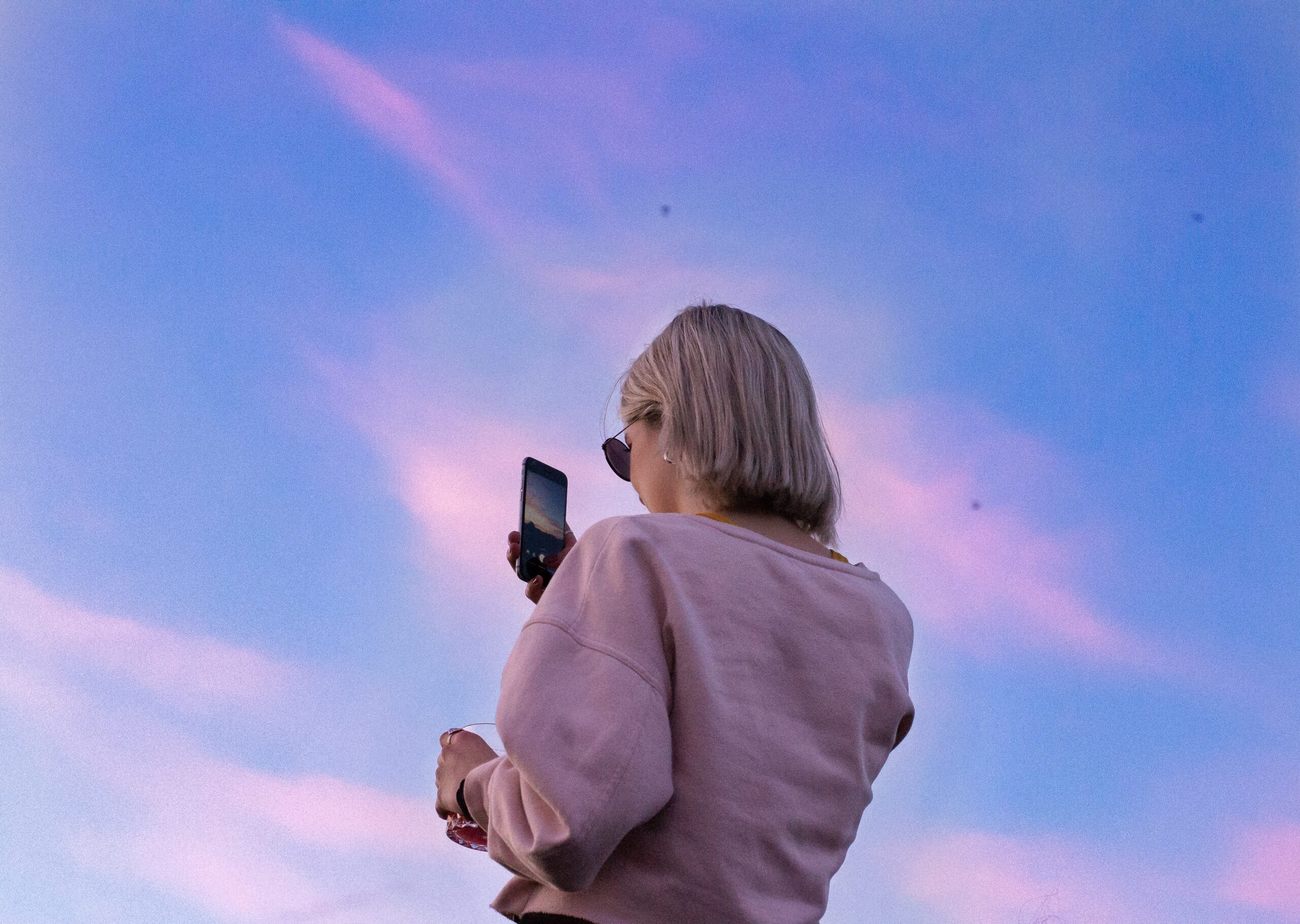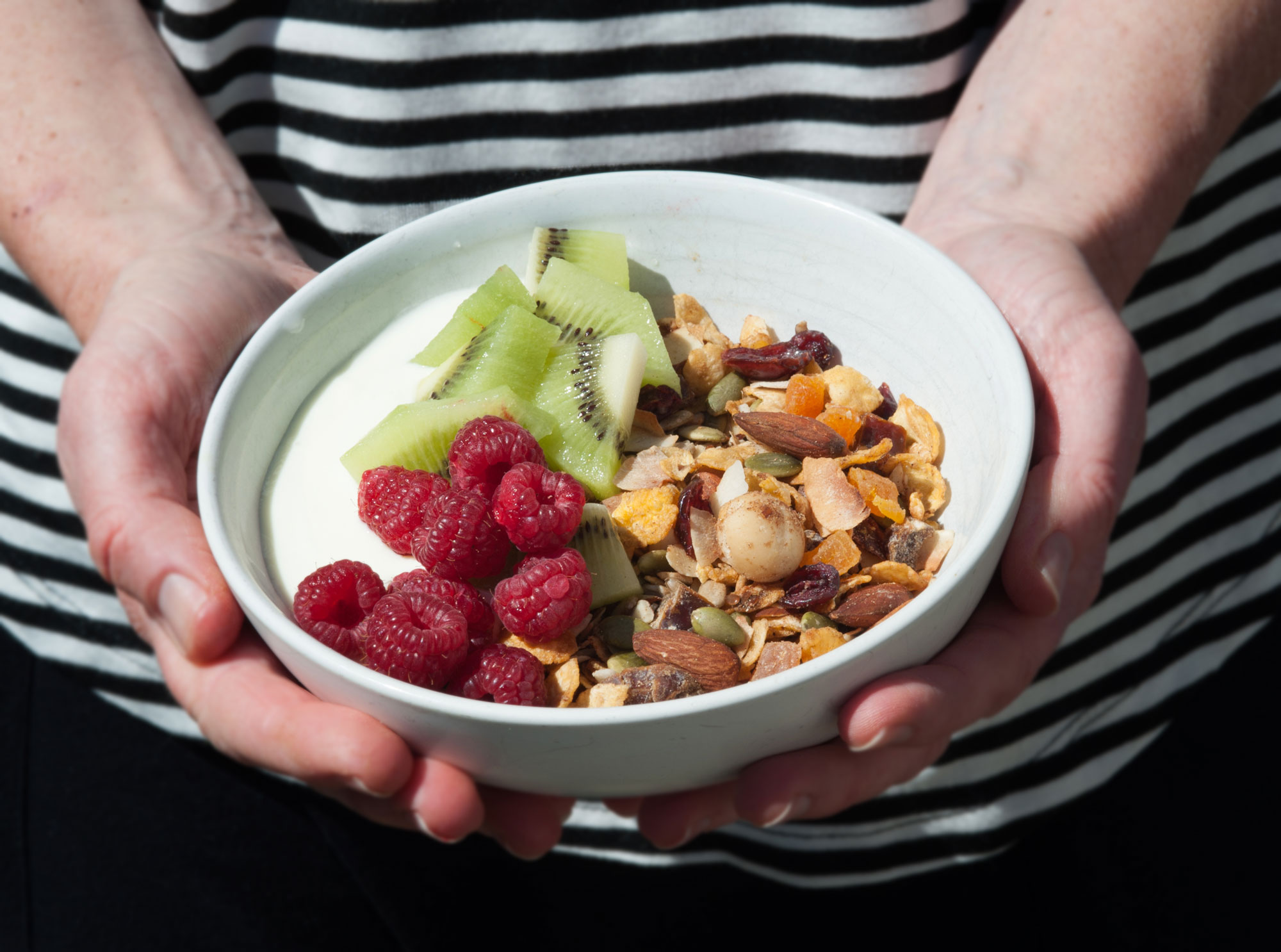How I got over my FOMO and took back time from my devices.
A couple of years ago, I was finding the constant notifications on my phone stressful and disruptive. As a co-founder in a technology start-up, I became a dedicated power user of apps that I downloaded for business, as well as social media and gaming.
I became aware of the stress generated from the notifications and reminders, and realised I wasn’t spending my time on the things that actually brought me happiness. I wanted to intentionally use my devices less and read more instead.
Find your why
Author and motivational speaker Simon Sinek’s mantra works well here. I was successful because I knew what I wanted and why I wanted it. I developed a plan, and took action. You can, too – just start with your why.
Whether it’s spending more time with friends and family, re-discovering the guitar or finding time to meditate or bake, defining your why is as important as the plan you make to achieve your goals.
Here are some tips from actions I found helpful along the way:
Define the current state of affairs
Once you’ve found your why, you’ll need to make a plan based on the reality. The first thing to do is set up tracking of your device and app usage. On iOS you can use Screen Time and on Android, Digital Wellbeing.
Both of these apps will track how much you’re using your device and allow you to place usage limits on specific apps or categories of apps, such as social media. You can either jump right in and start setting limits, or see how you’re using your device over a couple of weeks and then make decisions.
Manage your environment
Like many people these days, I use my phone as my alarm, which means it’s next to my bed overnight.
That’s different from many recommendations that advocate leaving your phone outside the bedroom. As a mitigation, I’ve set my phone to automatically enter Do Not Disturb mode each night so I’m not awakened by any notifications while I’m sleeping.
I also have my phone set up so I can toggle between having my screen in grayscale and colour as this makes it much less desirable to use – on iOS this can be set up under the Accessibility settings.
If you have an Android device, the Wind Down feature can do this for you at night – just set at bedtime and it will automatically turn your screen to grayscale and have your phone enter Do Not Disturb mode. On iOS, if you don’t want to manually switch to grayscale mode, you can enable Night Shift which will automatically adjust the screen colour so it’s less harsh on your eyes.
You can also use the Bedtime feature, which will remind you to go to bed and set an alarm to wake you in the morning.
Manage the apps
The next thing I did was to go through my phone and delete apps that I either didn’t use or wanted to use less. While I kept my social media accounts, I deleted the apps from my phone since those were the apps I found I was using the most.
With the apps that remained, I also went through the notification settings on my phone and disabled notifications for as many apps as possible, keeping them enabled only for what was necessary, such as phone calls, text messages, and work-related apps.
Less notifications means less disruption as well as less picking up my phone to review the notification and getting distracted by other apps.
Organising the apps that remain is also helpful. I rearranged my home screen in order to prioritise the apps that I wanted to use, such as my meditation and fitness apps, music apps, and reading apps.
Another great feature of Digital Wellbeing is that you can have separate work and personal profiles on your device, which means when you switch out of work mode, your work apps and their notifications are hidden.
Though iOS doesn’t have this feature, you can organise work and personal apps on separate pages/screens, so you’re less tempted to do personal at work, or work on your own time.
Be easy on yourself
During the lockdown, we all saw messages to “improve yourself” and “do new things”. It’s easy to pressure yourself to limit your device time in an effort of making time for all the new languages, instruments, and procrastination-prevention techniques touted by well-intentioned influencers.
Remember not to be too hard on yourself. Sometimes we need to spend some time mindlessly scrolling through social media feeds or have some downtime by playing a quick game!





